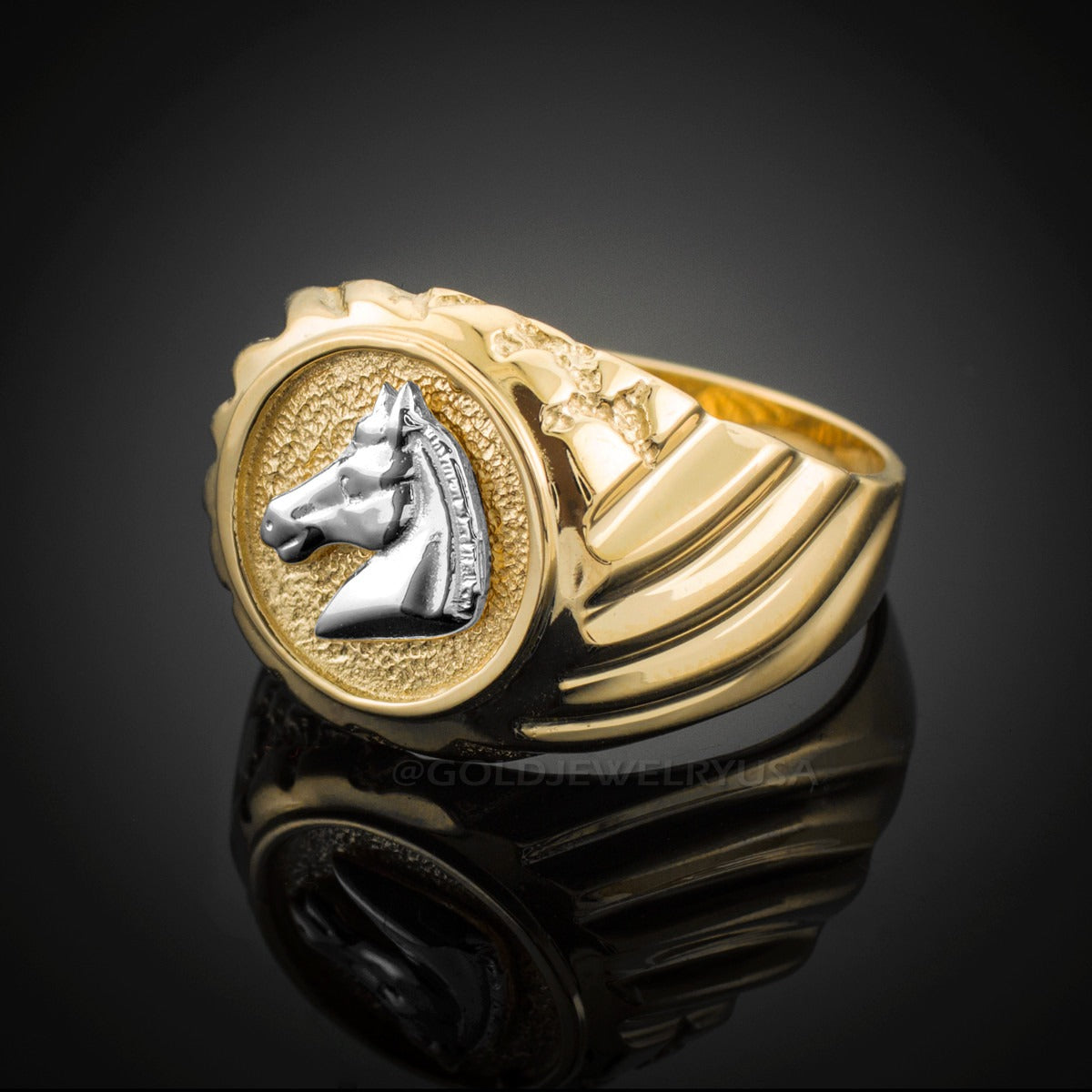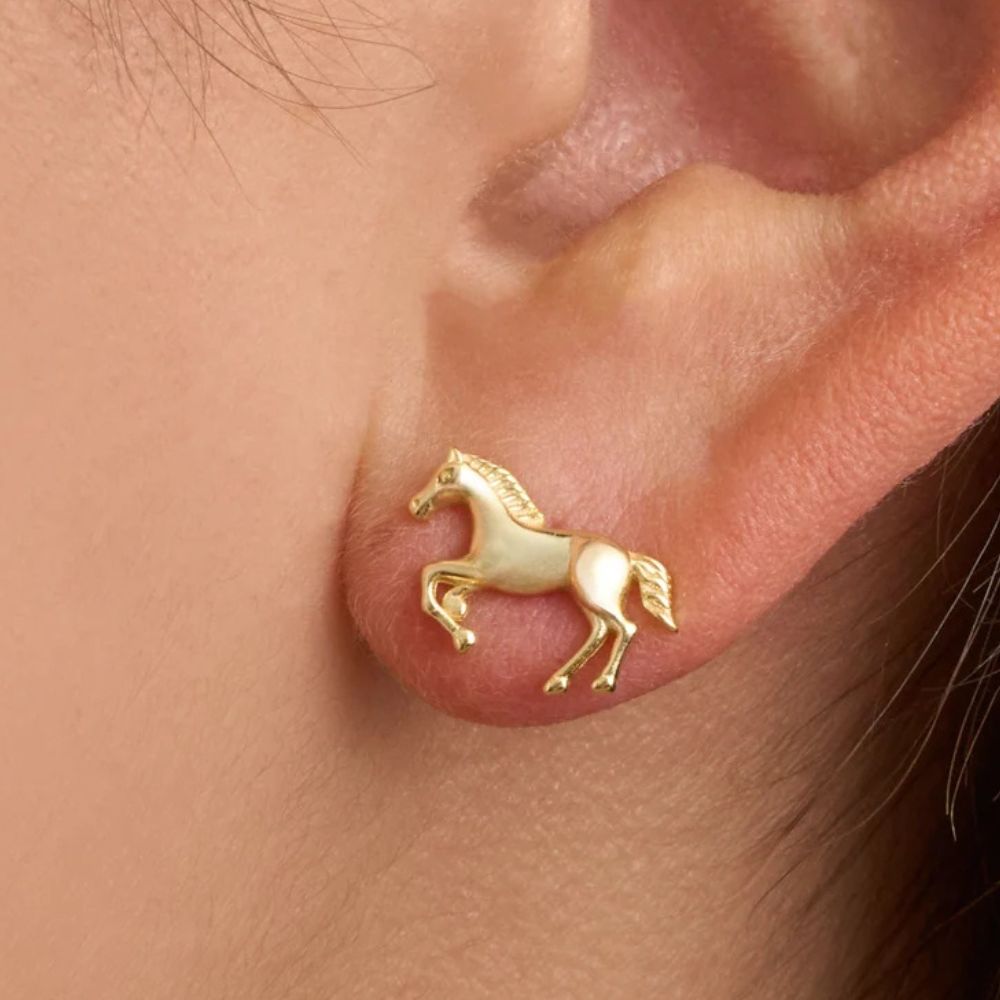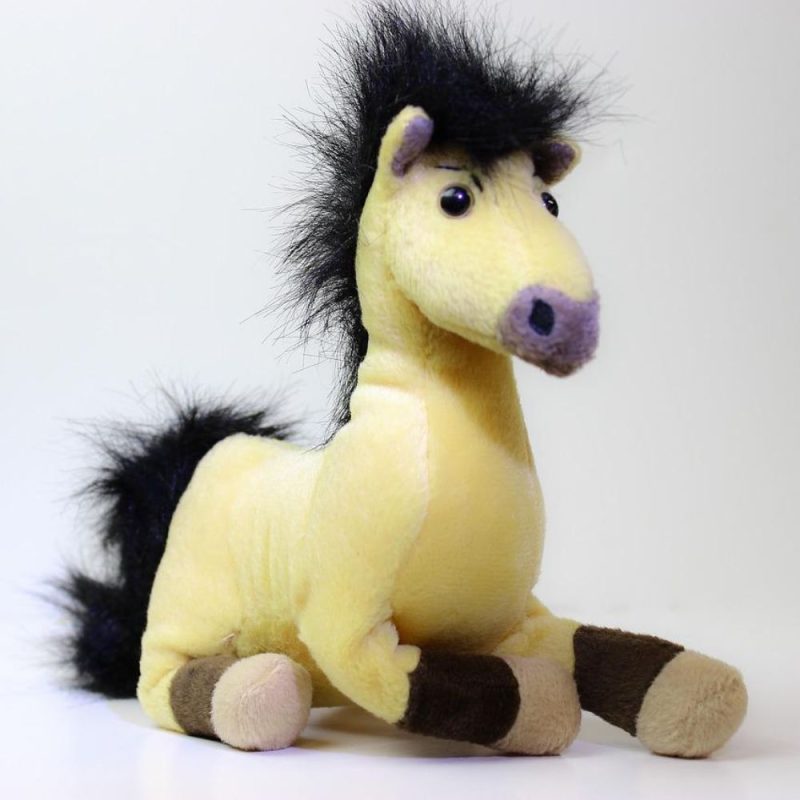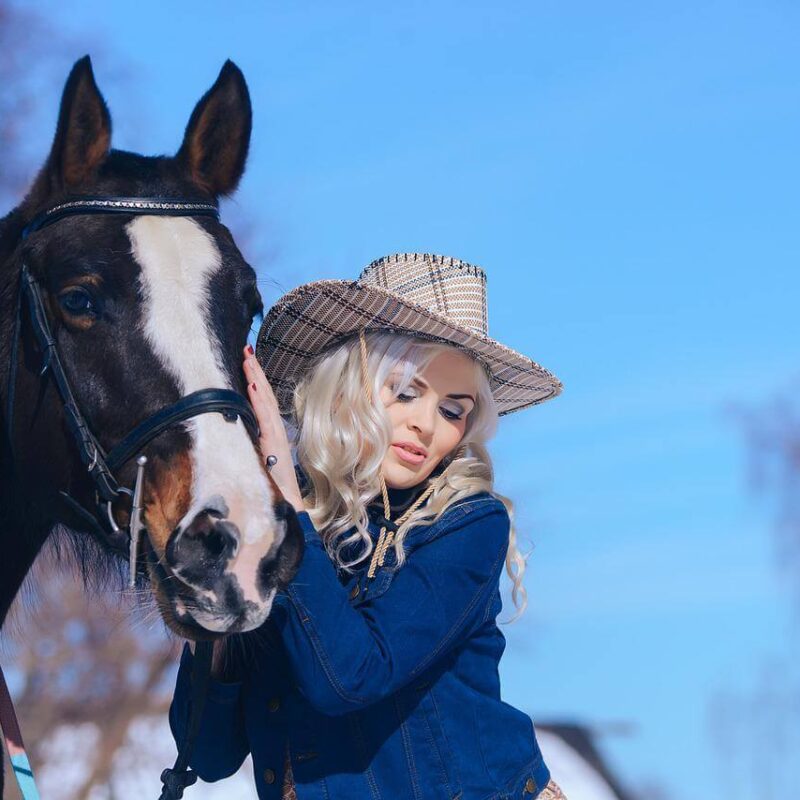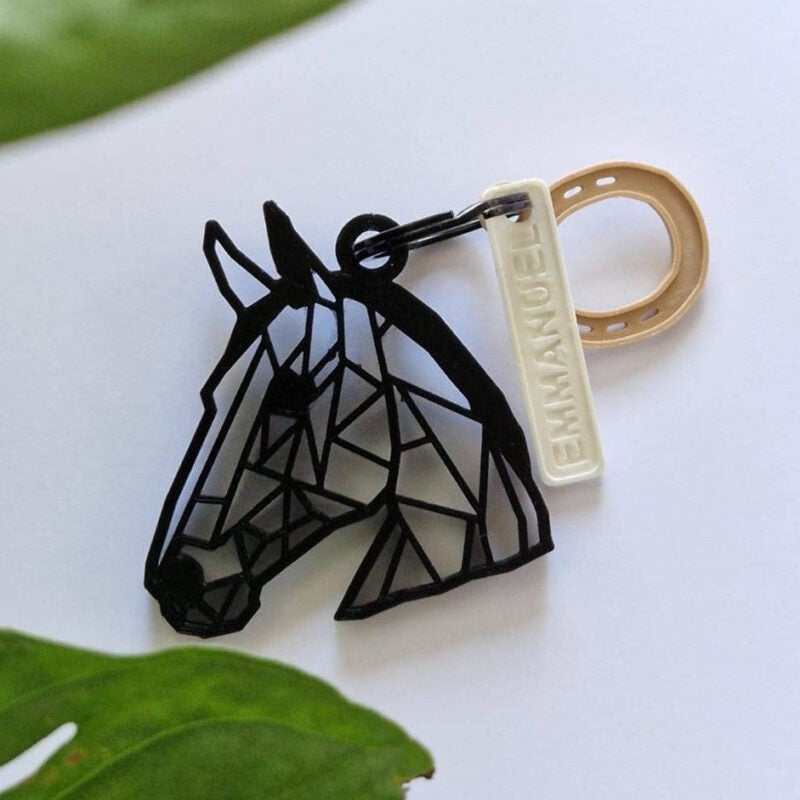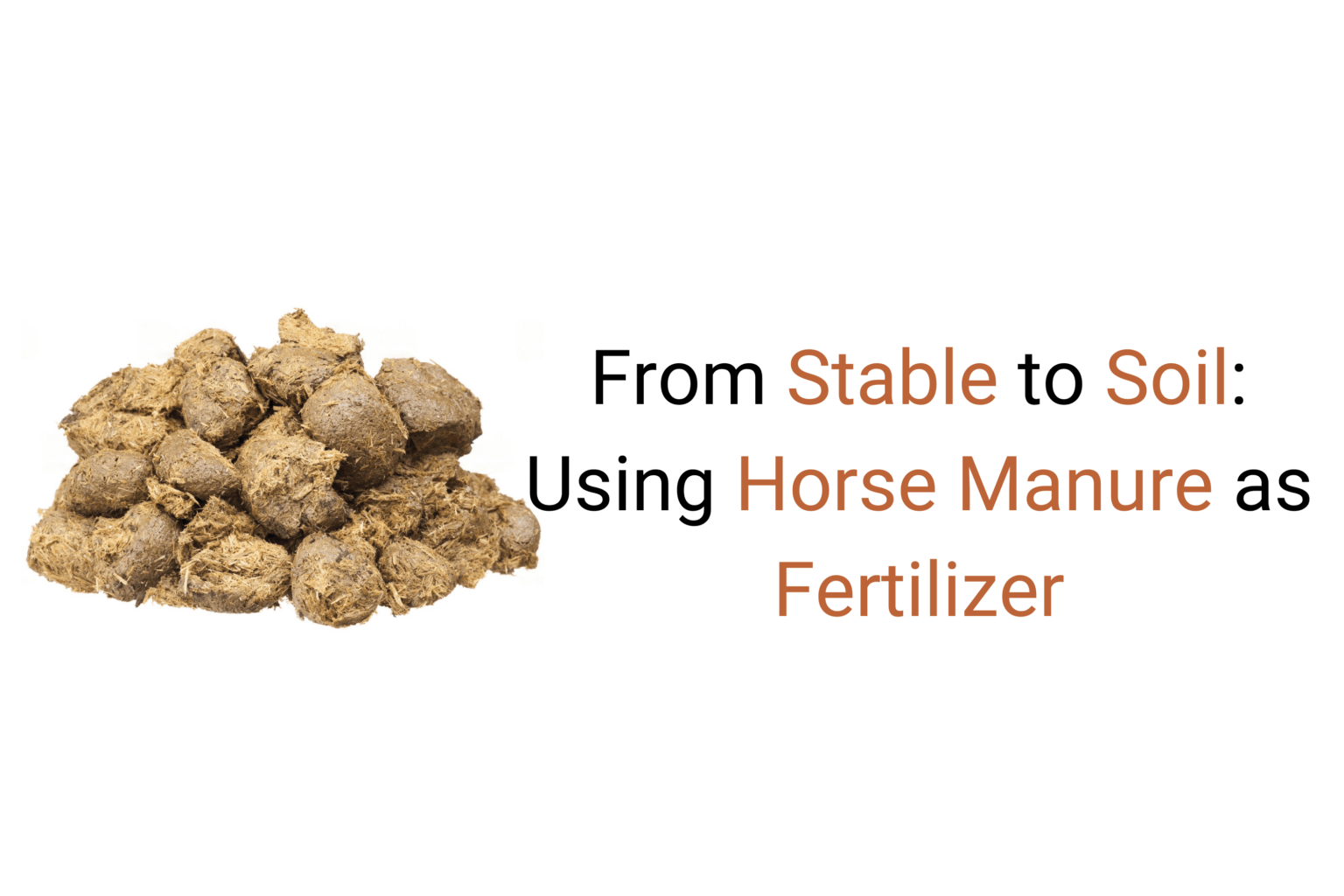
Can horse manure be used as fertilizer?
Yes, horse manure can be used as a fertilizer, and it is an excellent organic option for enriching soil with essential nutrients. The nutrient composition of horse manure depends on the horse’s diet, age, and health. However, horse manure typically contains nitrogen, phosphorus, and potassium, along with other essential micronutrients.
To use horse manure as fertilizer, it is crucial to compost it first to ensure that it is fully decomposed and free from weed seeds and pathogens. Composting also helps to reduce the smell and makes the manure easier to handle. Once the manure is fully decomposed, it can be added to soil or used as a top dressing.
It is essential to follow some best practices when using horse manure as fertilizer, such as testing the soil’s pH level, ensuring proper composting, and not applying too much manure at once. By using horse manure as fertilizer, you can improve soil fertility and promote healthy plant growth while reducing your environmental impact.
Chapter 1: The Benefits of Using Horse Manure as Fertilizer
1. Understanding the Nutrient Composition of Horse Manure
Horse manure is an excellent source of nutrients for plants, containing a range of macro and micronutrients that can improve soil fertility and promote healthy plant growth. In this chapter, we will take a closer look at the key nutrients found in horse manure, including nitrogen, phosphorus, and potassium, as well as other essential micronutrients.
Nitrogen, Phosphorus, and Potassium
- Horse manure is a rich source of nitrogen, an essential macronutrient that plays a critical role in plant growth and development.
- Phosphorus is another key macronutrient found in horse manure, which helps plants develop strong root systems and promotes flower and fruit production.
- Potassium is a third macronutrient found in horse manure, which helps regulate water movement in plants and contributes to overall plant health.
Other Essential Micronutrients
- In addition to nitrogen, phosphorus, and potassium, horse manure also contains other essential micronutrients such as calcium, magnesium, and sulfur, which are important for healthy plant growth.
- Horse manure is also a source of trace elements such as copper, zinc, and boron, which are necessary for various physiological functions in plants.
By understanding the nutrient composition of horse manure, gardeners can make informed decisions about how to use this natural fertilizer to improve soil fertility and promote healthy plant growth. Using properly composted horse manure can provide plants with the essential nutrients they need to thrive and can lead to a more sustainable and environmentally-friendly approach to gardening.
Add a touch of elegance to your style with our stunning horse-themed jewelry collection! Explore our exquisite Horse Jewelry and Equestrian Jewelry for timeless pieces that celebrate your love for horses. Find the perfect Horse Necklace to complement your look or elevate your accessories with a luxurious Gold Horse Pendant. For a unique touch, check out our Horseshoe Jewelry, or slip on a stunning Horse Ring or Horseshoe Ring. If you’re looking for something extra special, a Gold Horseshoe Ring will add a refined and meaningful touch. Find your perfect accessory today and showcase your equestrian spirit!
2. Comparing horse manure to other organic fertilizers
When it comes to choosing an organic fertilizer, horse manure is one of the best options out there. In this article, we will compare horse manure to other organic fertilizers to help you understand why it is such a popular choice among farmers and gardeners alike.
Advantages of using horse manure over synthetic fertilizers
Synthetic fertilizers are often used by farmers and gardeners because they are cheap and easy to apply. However, there are several advantages to using horse manure over synthetic fertilizers. Horse manure is a natural, organic fertilizer that contains a range of essential nutrients that plants need to grow healthy and strong. It also improves soil structure, promotes water retention, and encourages the growth of beneficial soil organisms.
Benefits of using horse manure over other organic fertilizers
There are many types of organic fertilizers available on the market, but horse manure has several distinct advantages over others. For starters, horse manure is widely available and relatively inexpensive, making it a cost-effective option for farmers and gardeners. It is also easy to apply and can be used on a variety of crops, including fruits, vegetables, and ornamental plants. In addition, horse manure has a balanced nutrient composition and is rich in micronutrients, making it an excellent choice for promoting plant growth and overall soil health.
Chapter 2: Preparing Horse Manure for Use as Fertilizer
1. Best Practices for Collecting and Storing Horse Manure
Choosing the Right Type of Manure
Horse manure comes in different forms, such as fresh, aged, and composted. Fresh manure can be too strong and may damage plants, while aged and composted manure are safer and more beneficial to use. Choose the type of manure that suits your plants’ needs.
Collecting and Storing Manure Properly
When collecting horse manure, it’s important to avoid contaminants such as wood shavings, straw, and hay. Store the manure in a well-ventilated area away from water sources to prevent contamination. Properly stored manure can be used as a natural and sustainable fertilizer for your garden.
2. Composting Horse Manure
If you have access to horse manure, you have a valuable source of organic matter that can improve your soil health and provide nutrients to your plants. Composting is an excellent way to turn this waste into a useful resource. In this article, we will discuss the composting process, how to create a composting pile, and the benefits of using horse manure compost.
Understanding the Composting Process
Composting is the process of breaking down organic matter into a nutrient-rich soil amendment. The process relies on microorganisms that decompose the organic matter, releasing nutrients that can be absorbed by plants. There are two types of composting: hot and cold. Hot composting is a faster process that requires more management, while cold composting is slower and requires less maintenance.
Creating a Composting Pile
To create a composting pile, you will need a mix of horse manure, bedding material, and other organic matter such as grass clippings, leaves, and kitchen scraps. The ideal ratio of these materials is 3:1 browns (carbon-rich materials like bedding and leaves) to greens (nitrogen-rich materials like manure and grass clippings). You should aim to create a pile that is at least 3 feet high and 3 feet wide.
To start the composting process, you will need to add water to the pile to create a moist environment. This will help the microorganisms thrive and break down the organic matter. You can also add a compost starter to speed up the process.
Once the pile is created, you will need to turn it every few weeks to ensure that the organic matter is evenly decomposing. The composting process can take anywhere from a few months to a year, depending on the size of the pile and the conditions.
Also read: Are Horses Color Blind?
Chapter 3: Applying Horse Manure to Soil
1. Determining how much horse manure to apply
When it comes to using horse manure as fertilizer, it’s important to understand how much to apply to your plants. Applying too little will not provide the necessary nutrients, while applying too much can damage your plants or contaminate the environment.
Understanding the needs of different types of plants
Different plants have different nutritional requirements. For example, leafy vegetables such as lettuce and spinach require higher levels of nitrogen, while fruiting plants such as tomatoes and peppers require more phosphorus and potassium. Before applying horse manure to your plants, it’s important to research their specific nutritional needs and adjust the amount of manure applied accordingly.
Measuring the nutrient content of the soil
To determine how much horse manure to apply, it’s important to first understand the nutrient content of your soil. Soil tests can help determine the pH level, nutrient content, and texture of the soil, which can inform how much horse manure to apply. For example, if the soil is already high in nitrogen, adding too much horse manure can lead to an overabundance of this nutrient, which can harm your plants. Soil tests can be done through local agricultural extension offices or through at-home testing kits.
2. Techniques for applying horse manure to soil
Horse manure can be a valuable source of nutrients for soil, but it needs to be applied correctly to ensure that it provides the maximum benefit to plants. Here are some techniques for applying horse manure to soil:
Mixing manure into soil
One of the most effective ways to use horse manure as a fertilizer is to mix it into the soil. This technique ensures that the nutrients are distributed evenly throughout the soil. To mix manure into soil, follow these steps:
- Spread the manure over the area that you want to fertilize.
- Use a garden fork or rototiller to incorporate the manure into the soil to a depth of 6-8 inches.
- Water the area thoroughly.
Using manure as a top dressing
Another technique for using horse manure as a fertilizer is to apply it as a top dressing. This technique is particularly useful for established plants, as it provides a slow-release source of nutrients over time. To use manure as a top dressing, follow these steps:
- Spread a thin layer of manure (about 1/2 inch) over the soil around the base of the plant.
- Use a garden fork or rake to work the manure into the top layer of soil.
- Water the area thoroughly.
By following these techniques, you can use horse manure as an effective and affordable fertilizer for your garden or farm.
Chapter 4: Risks and Considerations When Using Horse Manure as Fertilizer
1. Identifying the Risks of Using Horse Manure as Fertilizer
Horse manure has been used as a natural fertilizer for centuries due to its high nutrient content. However, there are potential risks associated with its use that need to be understood and addressed to ensure safe and effective application.
Pathogens and Weed Seeds
One of the main concerns with using horse manure as fertilizer is the presence of pathogens and weed seeds. Horse manure can contain harmful bacteria, such as E. coli and Salmonella, which can pose a risk to human health if not properly handled and treated.
In addition, horse manure may also contain weed seeds that can germinate and compete with crops. This can reduce the yield and quality of crops and increase the cost of weed control.
To reduce the risk of pathogens and weed seeds, it is important to properly compost horse manure before use. Composting can help to break down pathogens and weed seeds and create a more stable and safe product for use as fertilizer.
Chemical Contamination
Another potential risk of using horse manure as fertilizer is chemical contamination. Horses may be exposed to chemicals such as pesticides and herbicides through their feed, bedding, or pasture. These chemicals can then be excreted in their manure, potentially contaminating the soil and crops.
To minimize the risk of chemical contamination, it is important to source horse manure from animals that are not exposed to harmful chemicals. It is also recommended to test the soil and manure for chemical contaminants before use.
2. Best practices for minimizing risks
Understanding the Nutrient Composition of Horse Manure
Horse manure is a valuable source of nutrients for plants and crops. It is rich in nitrogen, phosphorus, potassium, and other essential micronutrients that plants need to grow and thrive. Understanding the nutrient composition of horse manure is essential for proper application and optimal results.
Nitrogen, Phosphorus, and Potassium
Horse manure is a rich source of nitrogen, an essential macronutrient that plants need to grow healthy foliage. Nitrogen helps plants produce chlorophyll, which is essential for photosynthesis. Phosphorus is another essential macronutrient that promotes root growth, flowering, and fruit development. Potassium is also crucial for plant growth and is responsible for regulating water balance, photosynthesis, and other vital functions.
Other Essential Micronutrients
In addition to nitrogen, phosphorus, and potassium, horse manure contains other essential micronutrients, including calcium, magnesium, and sulfur. These micronutrients play critical roles in plant growth and development, including cell division, enzyme activation, and the formation of chlorophyll.
Comparing Horse Manure to Other Organic Fertilizers
Horse manure is a popular choice for organic fertilizer due to its nutrient-rich composition, availability, and affordability. It has several advantages over synthetic fertilizers, such as improving soil structure and fertility over time, reducing water pollution, and promoting biodiversity. Horse manure also has several benefits over other organic fertilizers, such as being less expensive and more readily available.
Best Practices for Collecting and Storing Horse Manure
To collect and store horse manure properly, it is essential to choose the right type of manure and follow proper collection and storage techniques. Horse manure that is fresh or only a few months old should be composted before use to kill pathogens, reduce weed seeds, and break down nutrients. A well-managed composting process can transform horse manure into a nutrient-rich and safe fertilizer for plants.
Composting Horse Manure
Composting horse manure involves understanding the composting process, creating a composting pile, and monitoring its progress. Composting requires a mix of carbon-rich materials (such as straw, sawdust, or leaves) and nitrogen-rich materials (such as manure or kitchen scraps) to create a healthy microbial environment. The composting process involves several stages, including the mesophilic and thermophilic stages, and can take several weeks to months to complete.
Determining How Much Horse Manure to Apply
To determine how much horse manure to apply to soil, it is essential to understand the needs of different types of plants and measure the nutrient content of the soil. Plants have different nutrient requirements at various stages of growth, and overapplication of horse manure can lead to nutrient imbalances, water pollution, and other problems. Measuring the nutrient content of the soil before and after applying horse manure can help determine the appropriate application rate.
Techniques for Applying Horse Manure to Soil
There are two primary techniques for applying horse manure to soil: mixing manure into the soil or using manure as a top dressing. Mixing manure into the soil helps distribute nutrients evenly and improve soil structure, but it can be time-consuming and challenging. Using manure as a top dressing involves applying manure to the surface of the soil and allowing it to break down naturally over time.
Identifying Potential Risks of Using Horse Manure as Fertilizer
While horse manure is a valuable source of nutrients for plants, it also poses potential risks if not handled properly. Pathogens and weed seeds can survive in horse manure and cause disease or infestations in plants. Chemical contamination is another risk
5 frequently asked questions about understanding and using horse manure as fertilizer
- How does horse manure compare to other types of organic fertilizers? Horse manure is generally richer in nutrients than other types of organic fertilizers, such as cow or chicken manure.
- Can I use horse manure instead of synthetic fertilizers? Yes, using horse manure as fertilizer can be a great alternative to synthetic fertilizers, as it is natural and provides a range of essential nutrients to plants.
- What are the best practices for composting horse manure? To compost horse manure properly, you should mix it with other organic matter, such as straw or leaves, and ensure the compost pile reaches high temperatures to kill off any pathogens or weed seeds.
- How do I determine how much horse manure to apply to my soil? It’s important to first understand the nutrient needs of the specific plants you are growing, and then measure the nutrient content of your soil to determine how much horse manure to apply.
- What are the potential risks of using horse manure as fertilizer, and how can I minimize them? Horse manure can contain pathogens, weed seeds, and chemical contaminants, so it’s important to compost it properly and test your soil for contaminants before use to minimize any potential risks.
In conclusion, horse manure can be a valuable source of nutrients for plants, but it is important to understand its composition, collect and store it properly, compost it effectively, and apply it in appropriate quantities and methods. While there are potential risks associated with using horse manure as fertilizer, these can be minimized by following best practices such as proper composting and testing for contaminants in the soil. By utilizing horse manure in a responsible and informed manner, gardeners and farmers can reap the benefits of a natural and sustainable source of fertilizer for their plants.









